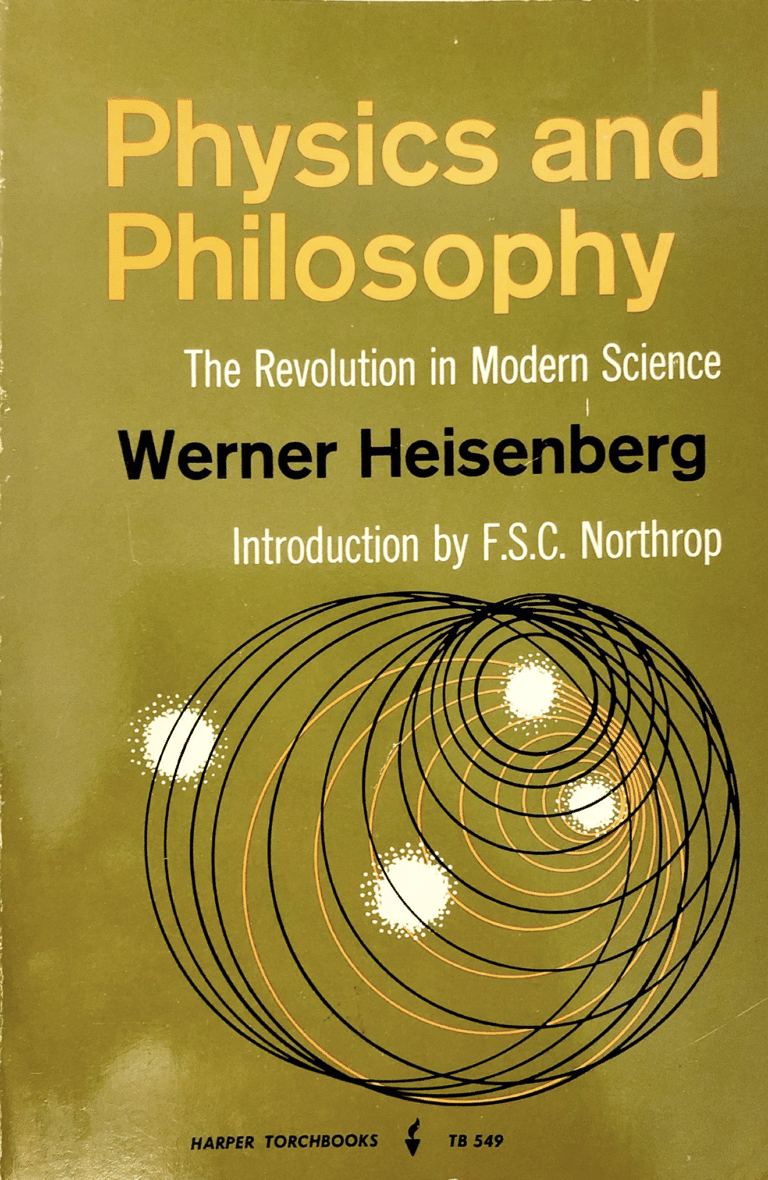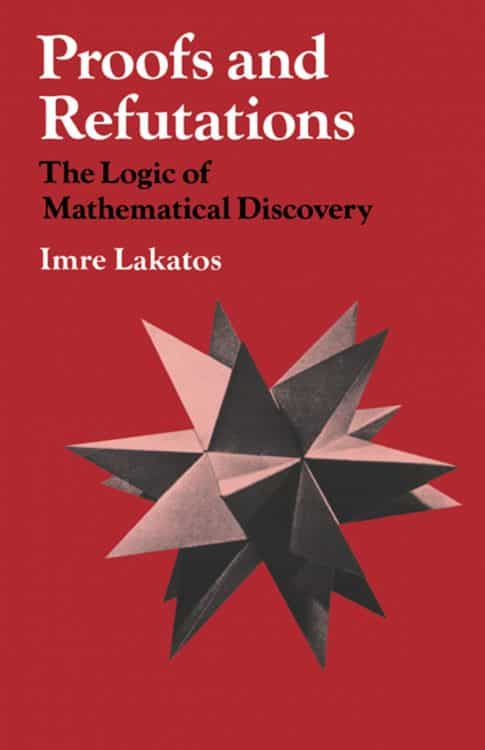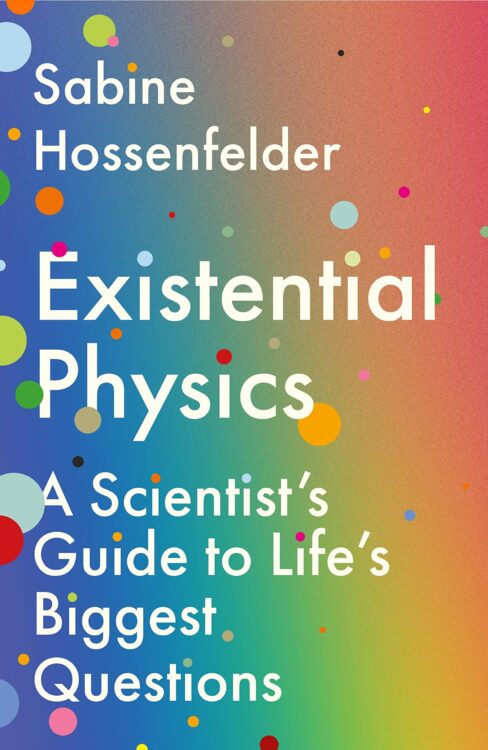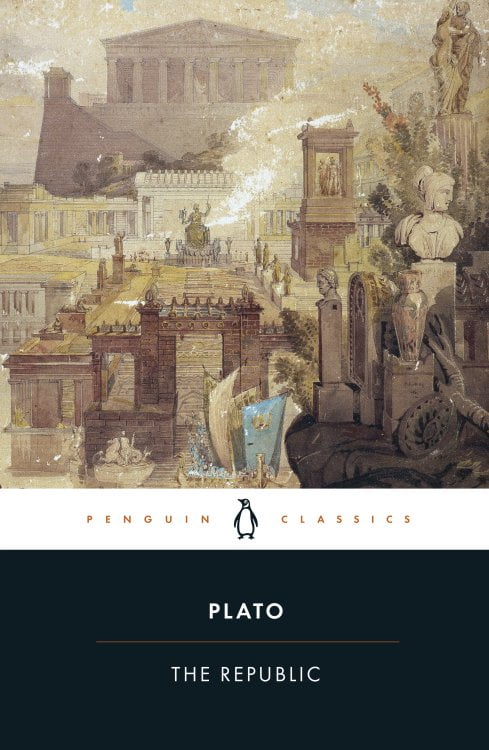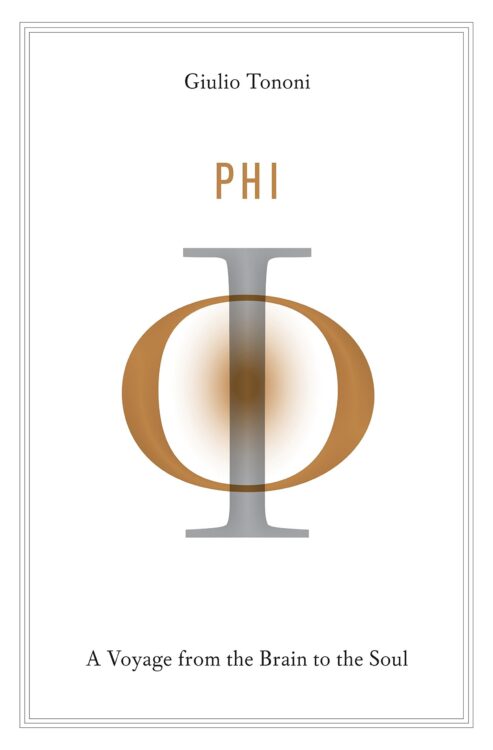In the captivating book Physics and Philosophy, Werner Heisenberg astutely discusses the challenge of reconciling quantum physics with relativity and the search for coherent concepts that can bridge these two theories without mathematical inconsistencies. Today, physicists are delving into unified field theories, such as string theory, in an attempt to merge these two pillars of modern science. Heisenberg also highlights the groundbreaking work of physicists during his time, particularly their use of high-speed particle accelerators (referred to as “big accelerating machines”) to discover elementary particles. He even references the machine in Geneva, which we now know as the Large Hadron Collider at CERN, responsible for testing aspects of string theory and recreating conditions akin to the Big Bang.
What makes Heisenberg’s insights even more intriguing is his deep understanding of the contemporary and historical context of quantum mechanics. He skillfully connects it to concepts ranging from Einstein’s relativity to atomic weaponry to Western philosophical thought, including Descartes, Berkeley, and Kant. Heisenberg challenges Einstein’s notion that probability cannot be expressed in physical reality through his uncertainty principle. Heisenberg summarizes that the smallest units of matter are not just mere substance but also mathematical forms.
Furthermore, Heisenberg delves into the structure of language, where he references Goethe’s Faust to illustrate the intricate nature of thought. He emphasizes the importance of logic in scientific inquiry while acknowledging the need for a novel language to communicate the complexities of quantum theory. He suggests that science, like a work of poetry, must combine a multitude of elements and ideas within a single stroke.
Overall, Physics and Philosophy provides a captivating exploration of the interconnectedness between physics, philosophy, and the evolution of science. Heisenberg’s keen observations and thought-provoking insights make this book a must-read for anyone interested in the intersection of these disciplines and the future of scientific knowledge.

